I’ll get to the write-up about Ho Chi Minh City in a moment, but first I need to share some thoughts on our hotel, and on what I feel is a “Microsoft effect” plaguing luxury lodging establishments.
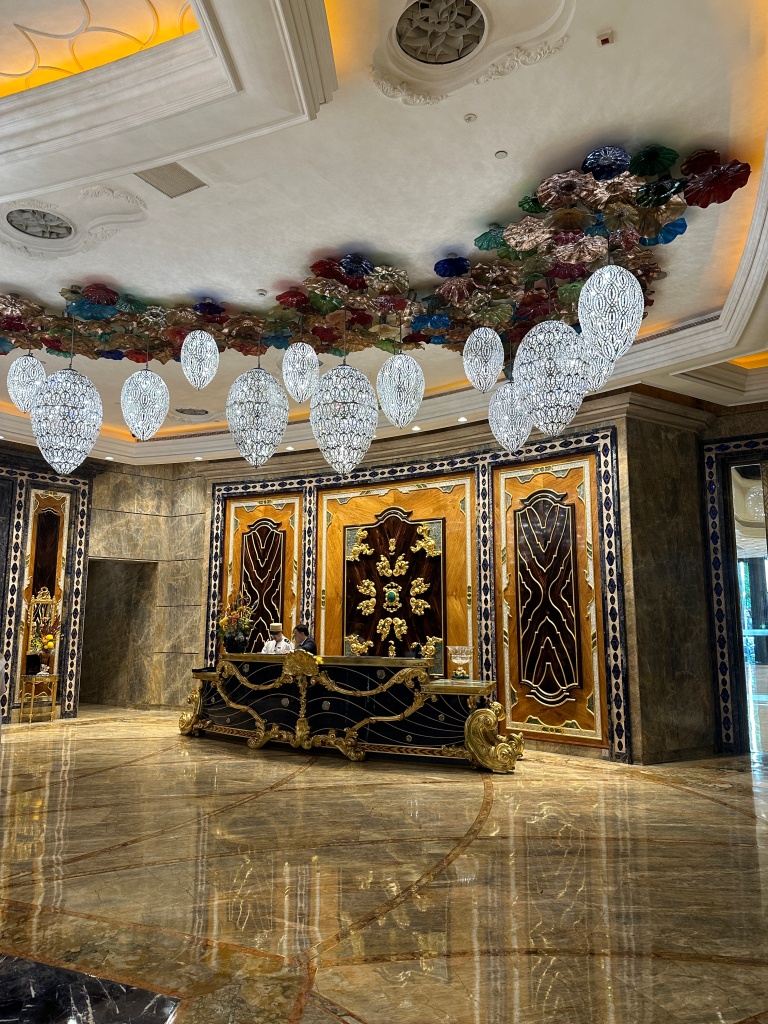
The construction of our hotel, the Reverie Saigon, probably exhausted several marble quarries and rare stone mines If you looked up “glitz” in the dictionary, the Reverie’s picture should accompany the definition. Elegant, no doubt. Understated? Not a chance!
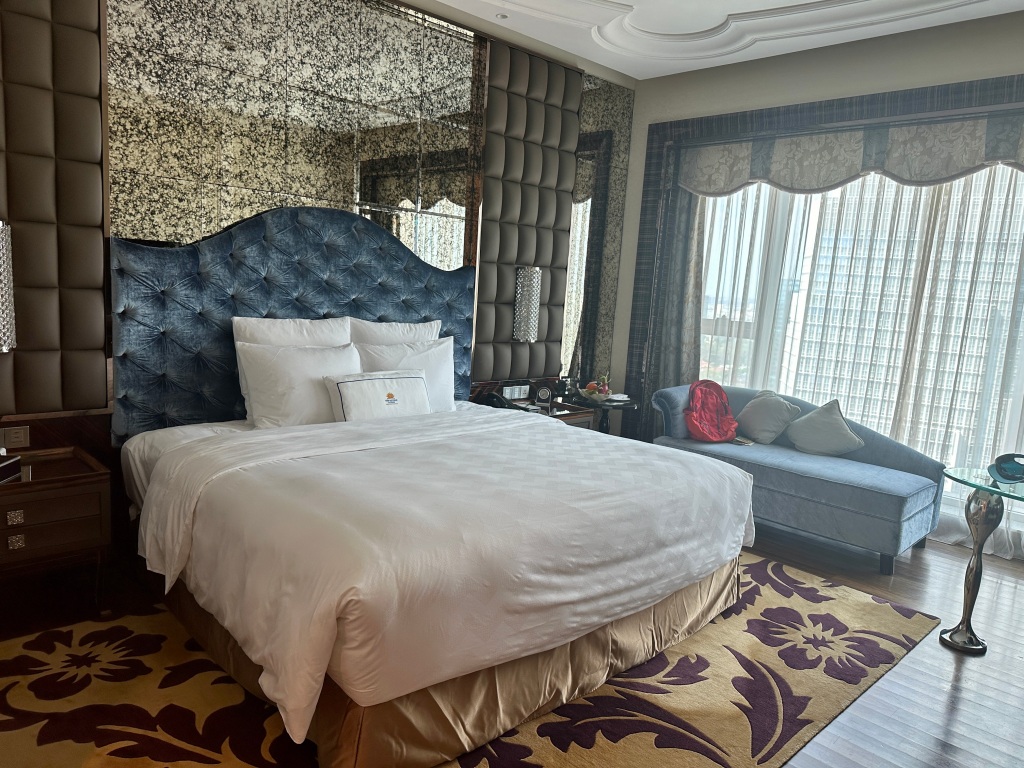
Don’t get me wrong: I like luxury, and I thank my lucky stars every day that a trip like this and accommodations such as these are an option. Moreover, the staff here is phenomenal: attentive, responsive, and caring, and the facilities – pool, gym, breakfast buffet – are first rate. The décor, though: is this much ostentation really necessary? In a way it reminded me of the Summer Palace in St. Petersburg, which to me singlehandedly explains the Russian Revolution.
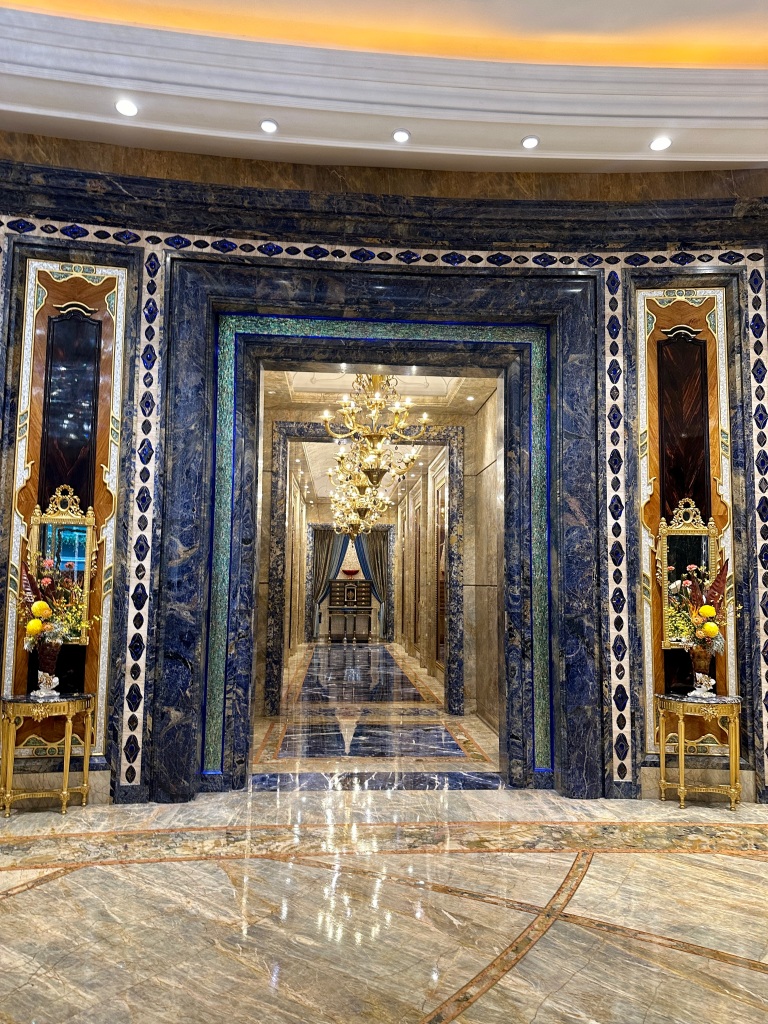
Where does Microsoft come in? Excess, unnecessary, not-user-friendly features. Operating the lights should not require a degree in computer science. (In fairness, the Reverie is far from the worst offender in this regard; without exaggeration, the hotel I stayed at in Andorra defeated my efforts to turn out the lights for a good ten minutes.) Ditto the shower; again, the Reverie isn’t bad, but in some establishments the proliferation of knobs is downright daunting.
Do I need a video screen over the bathtub? No, particularly because I managed to overlook the remote for a day and thus bathed in light from the screen all night. (My bad.) But still, why does housekeeping in these hotels feel a need to turn on the TV and the bathroom video screen every time they service the room?
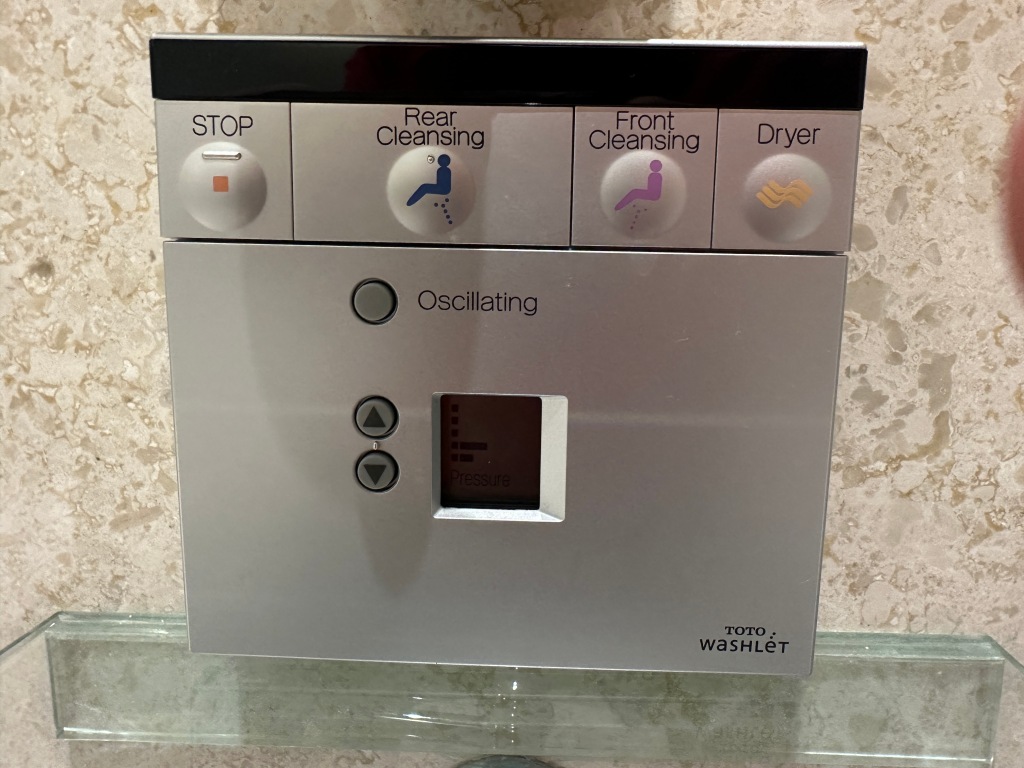
Do I need a front and back bidet, oscillation (frankly, I was afraid to explore this feature), and push-button controls on the toilet? No. Call me old-fashioned or hopelessly American, but I can take care of personal hygiene without a jet of water on my rump.
Do I need a heated toilet seat? Well yes, as a matter of fact it’s really nice. Score one for the Reverie.
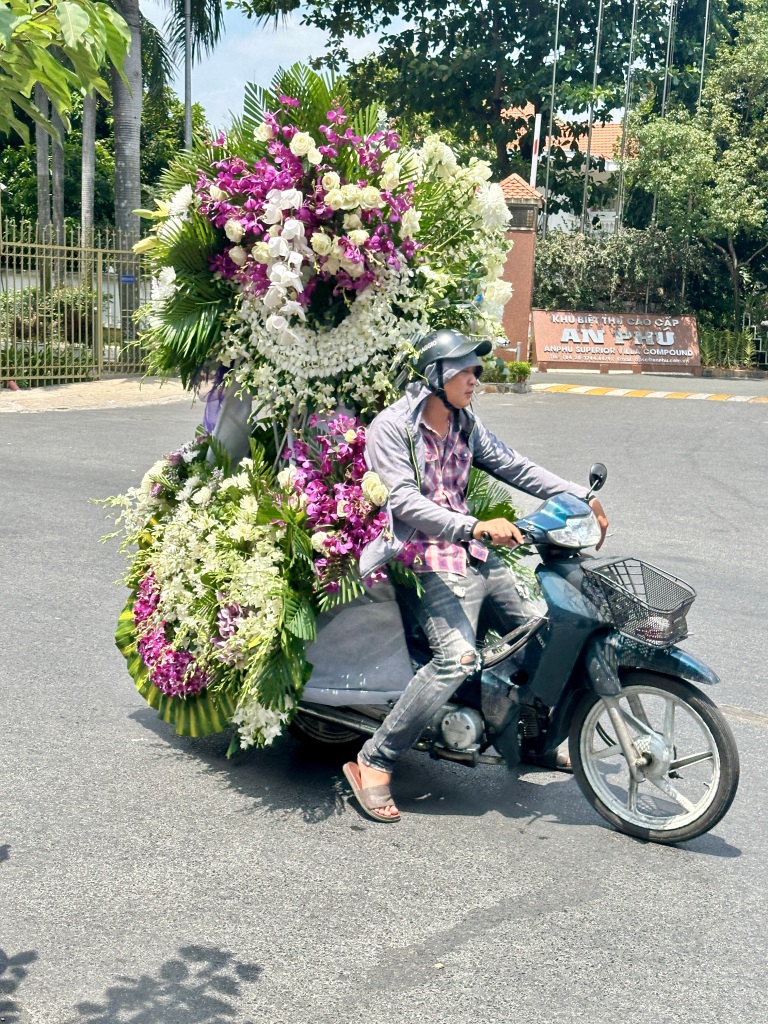
Ok, enough of that; I’m beginning to sound like Andy Rooney. Let me move on to Ho Chi Minh City.
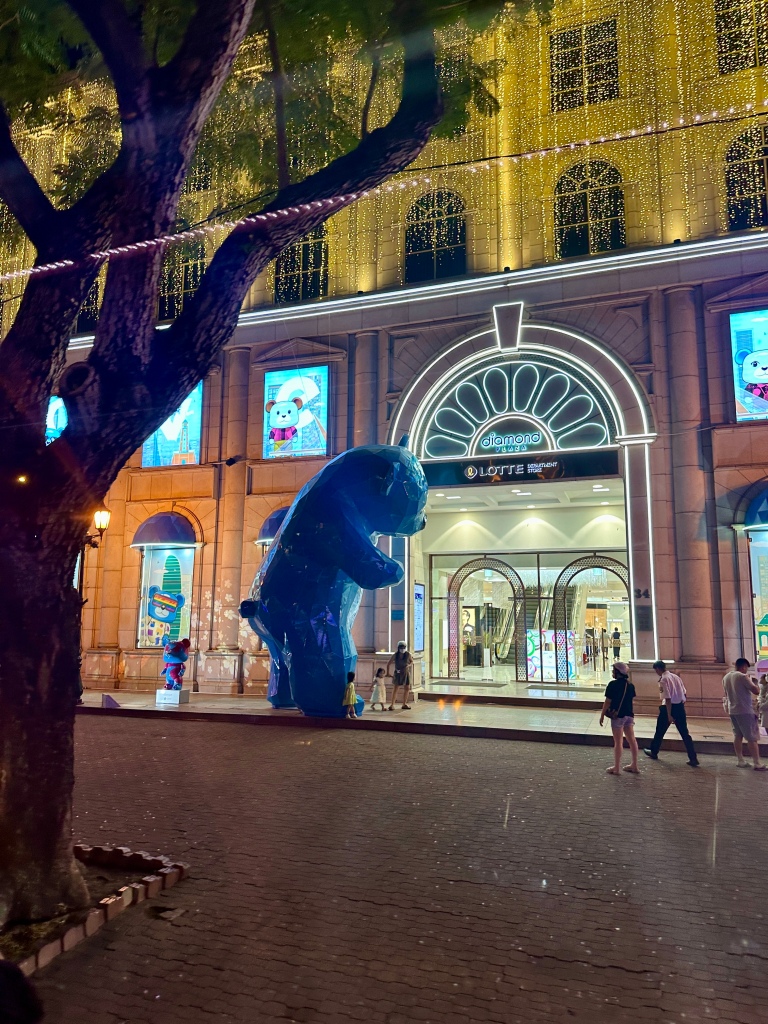
Americans know this sprawling city as Saigon, but that name actually applies to only one of HCMC’s districts. HCMC is like Hanoi, but turned up to eleven (I will not pass up a chance to reference This Is Spinal Tap, one of my favorite movies): even more coffee shops and scooters, even more reminders of the Vietnam War, and even more luxury shopping establishments and unbridled commerce.
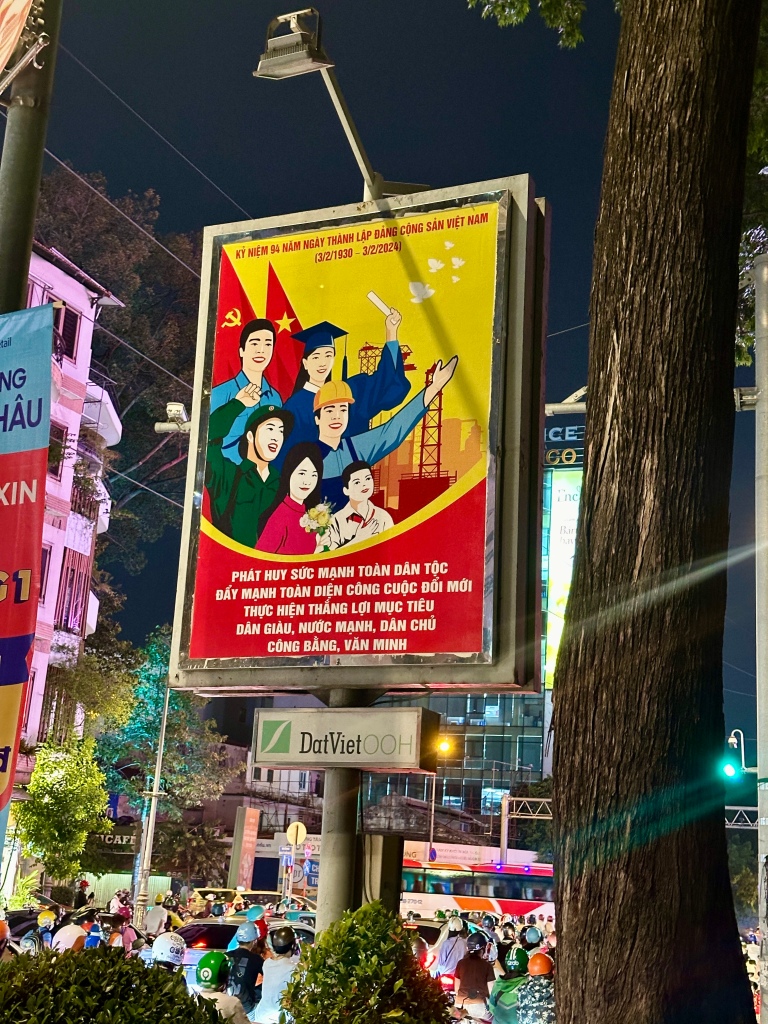
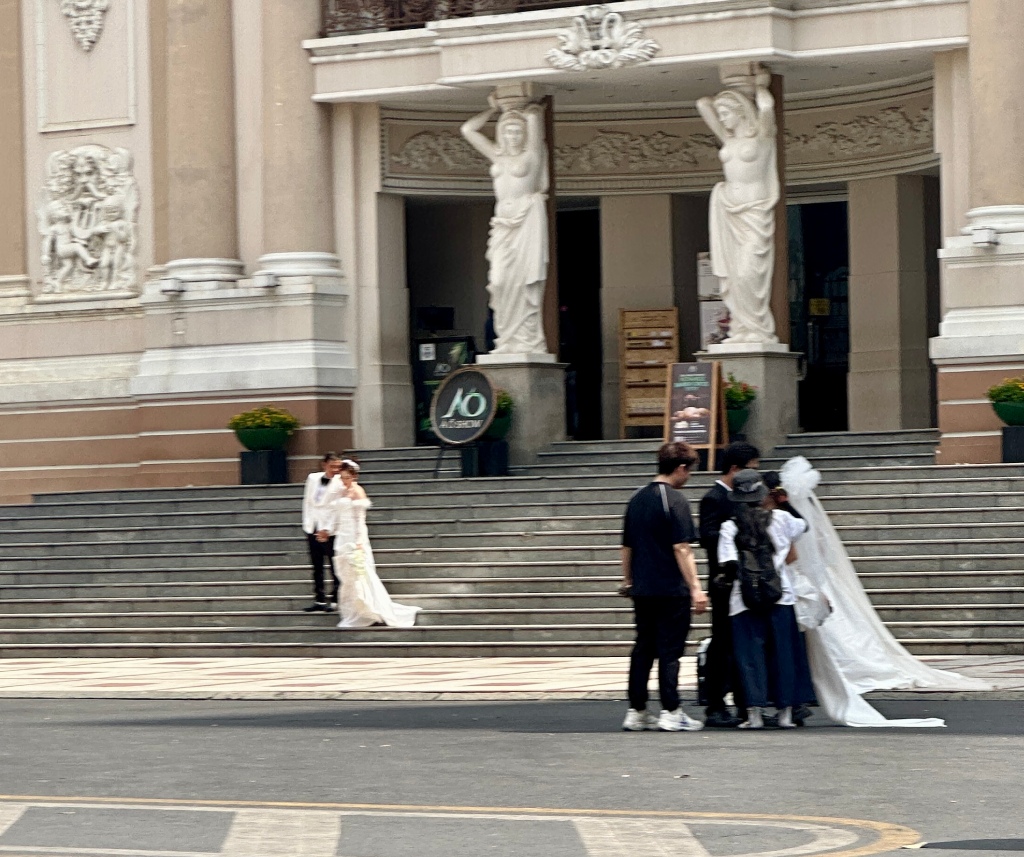
Our two full days here took in a passel of amazing sights. Early the first morning, we wandered through Tao Dan Park, a welcome metropolitan oasis.
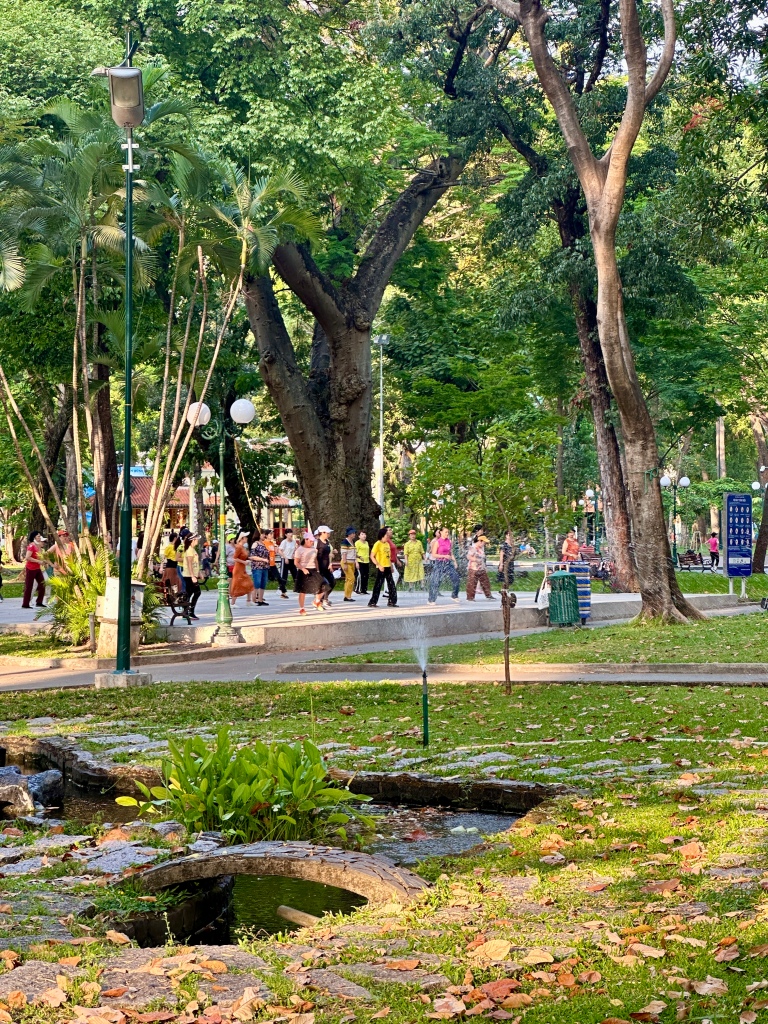

Younger people vigorously danced to a propulsive beat, middle-aged folks exercised and stretched on a circuit of machines adjacent to some serious badminton players, and those in my age group gracefully performed tai chi. Communal morning exercise seems to be a Vietnamese hallmark – perhaps that partly explains the remarkable fitness of the population. (I suspect there are more obese people in any small town in America than there are in this entire nation of over 100 million citizens.)
The park also contains several interesting sculptures, including at least one instance of life imitating art:
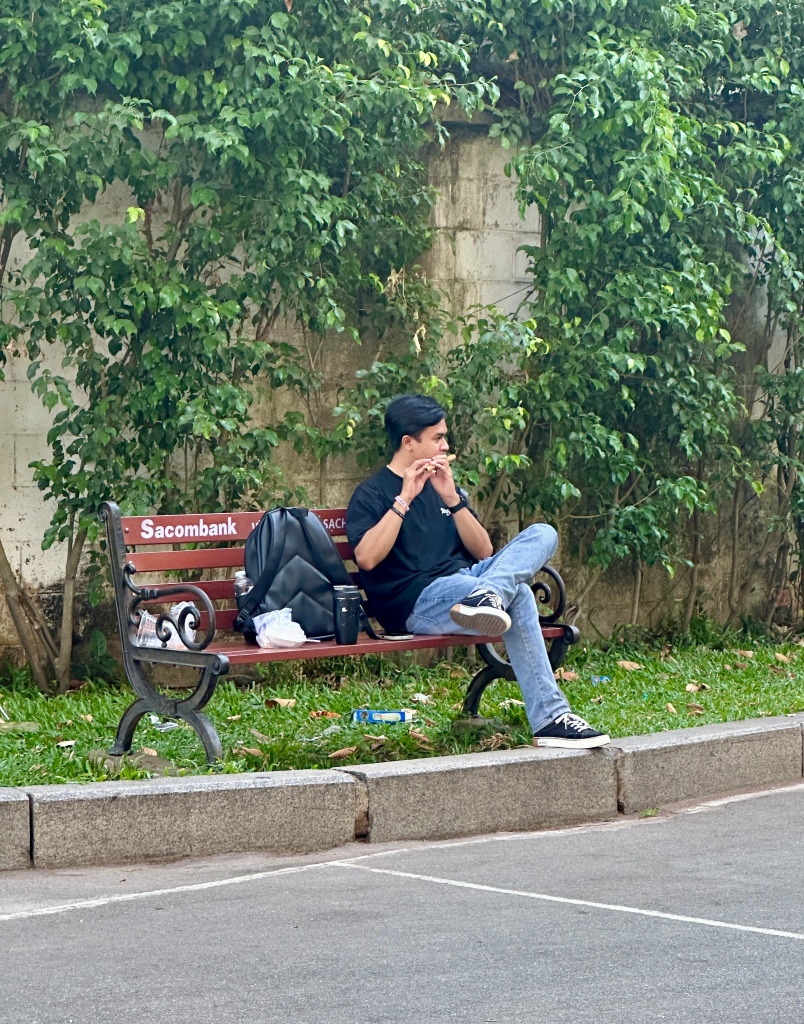
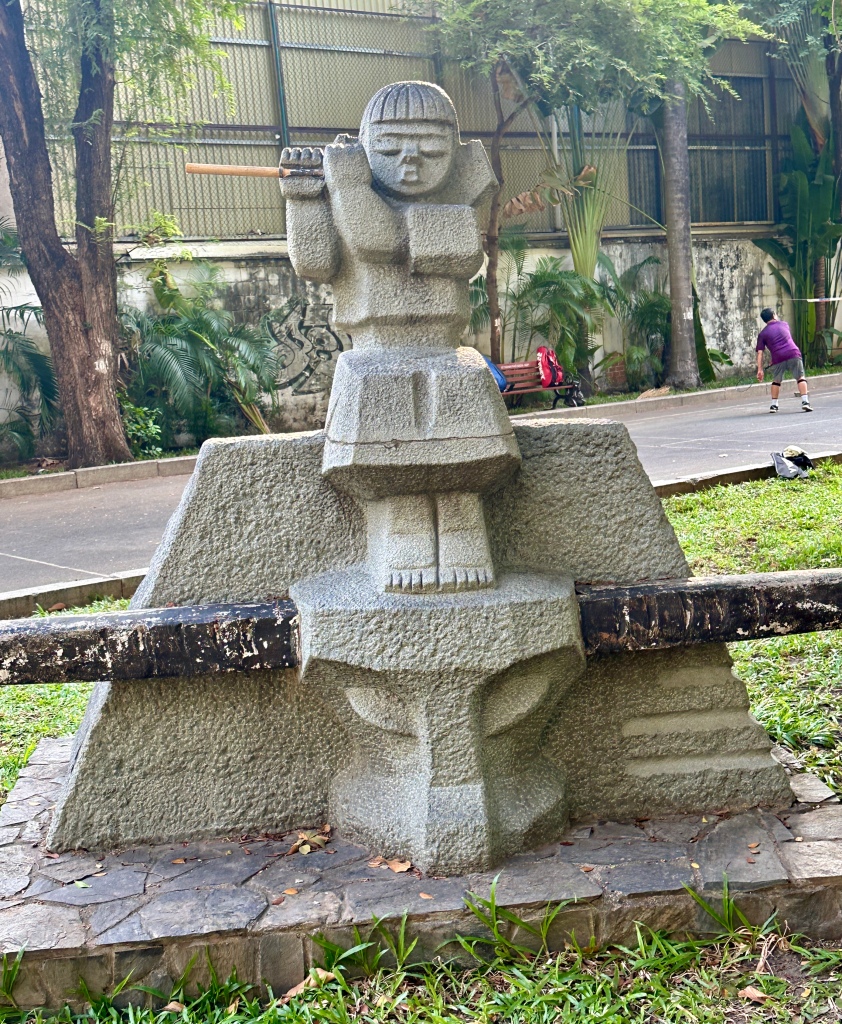
From the park, we proceeded to an outdoor produce and meat market on Nguyen Dinh Chieu Street. In my opinion, markets are catnip for photographers.
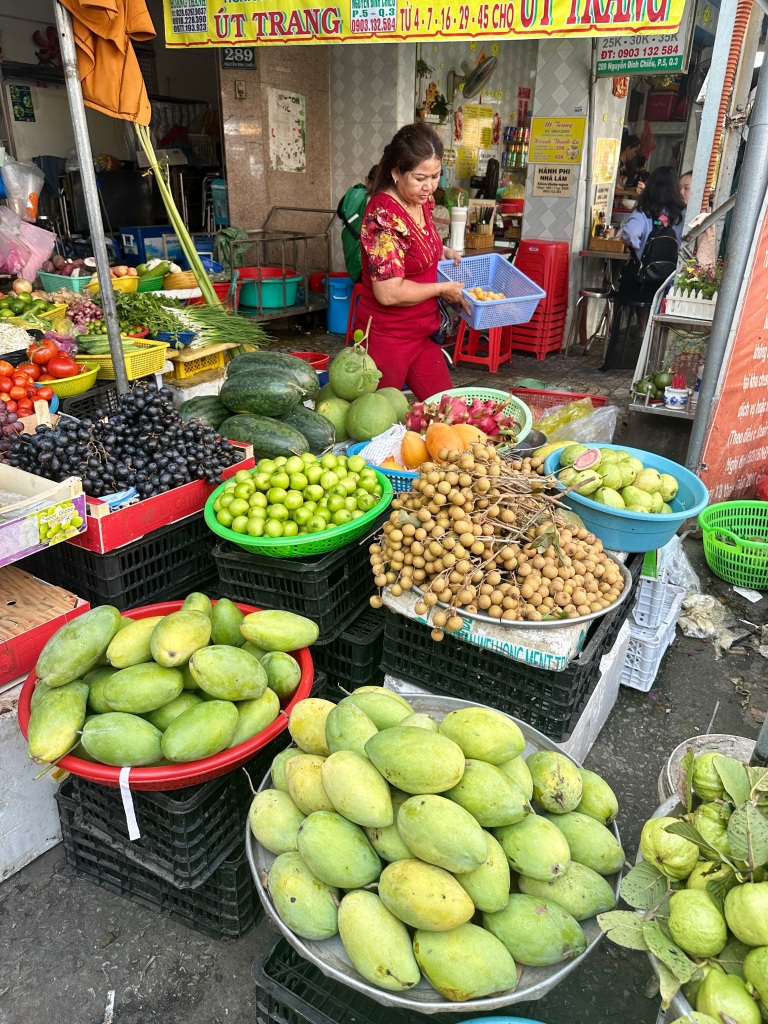

Vegetables and fruits of every hue are on display, sometimes in geometric piles and sometimes in haphazard heaps.
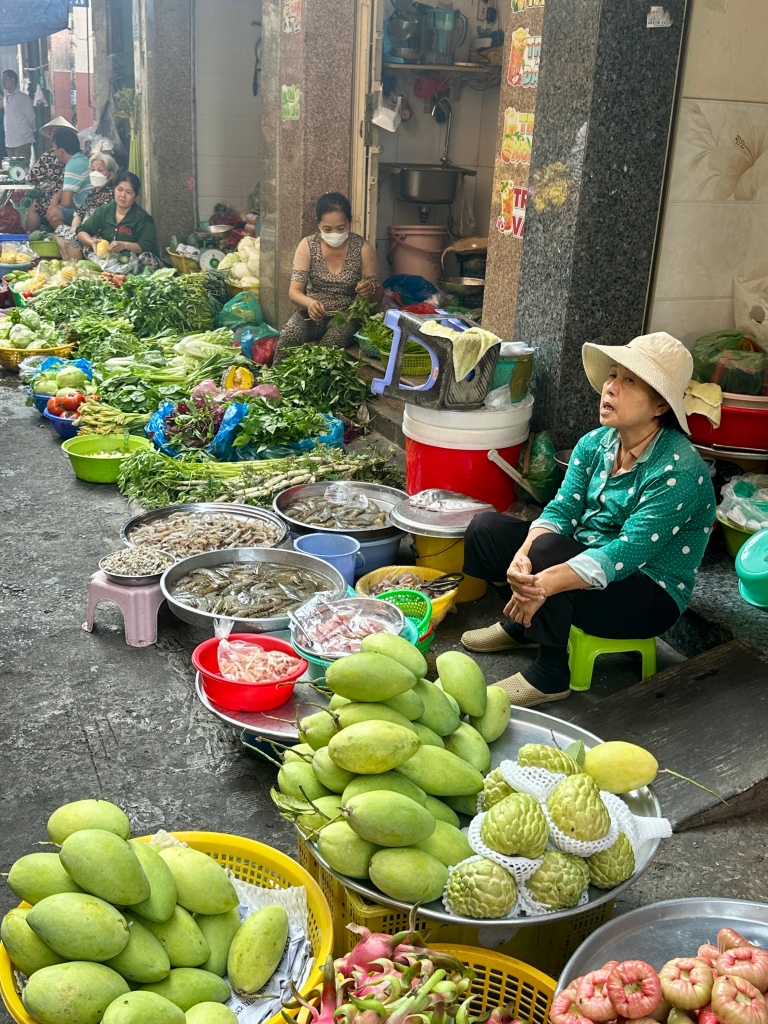
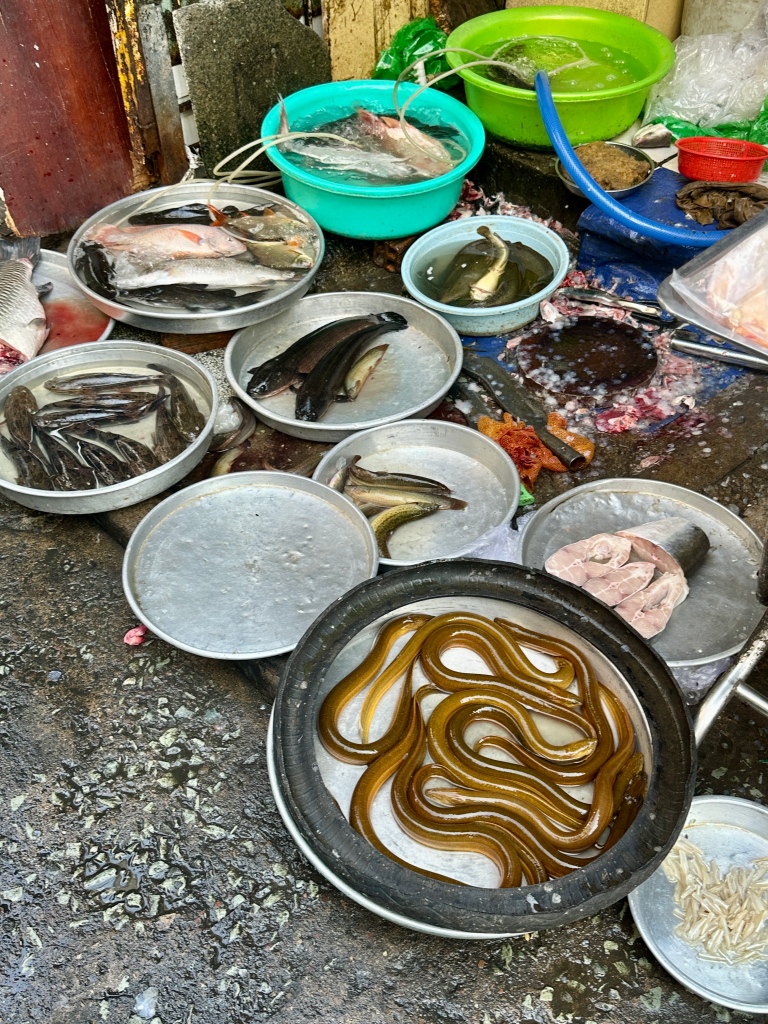
Shoppers teem, vendors hawk, and bikes and scooters weave through the crowds.
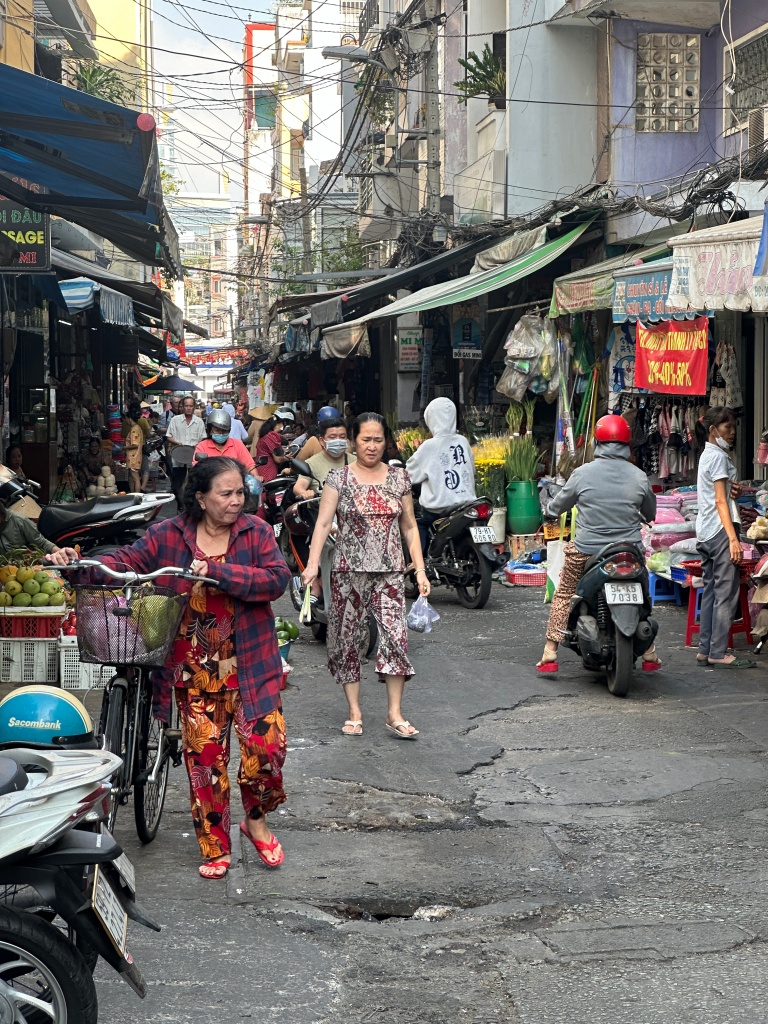
Near one end of the market, a nondescript building hides a secret bunker in which weapons were stored during the war. Having already worked up a good shvitz, and leery of descending into an even stuffier environment, I outsourced my camera work to two of my fellow travelers (in the non-political sense), Dave and Sara. Thanks, guys!
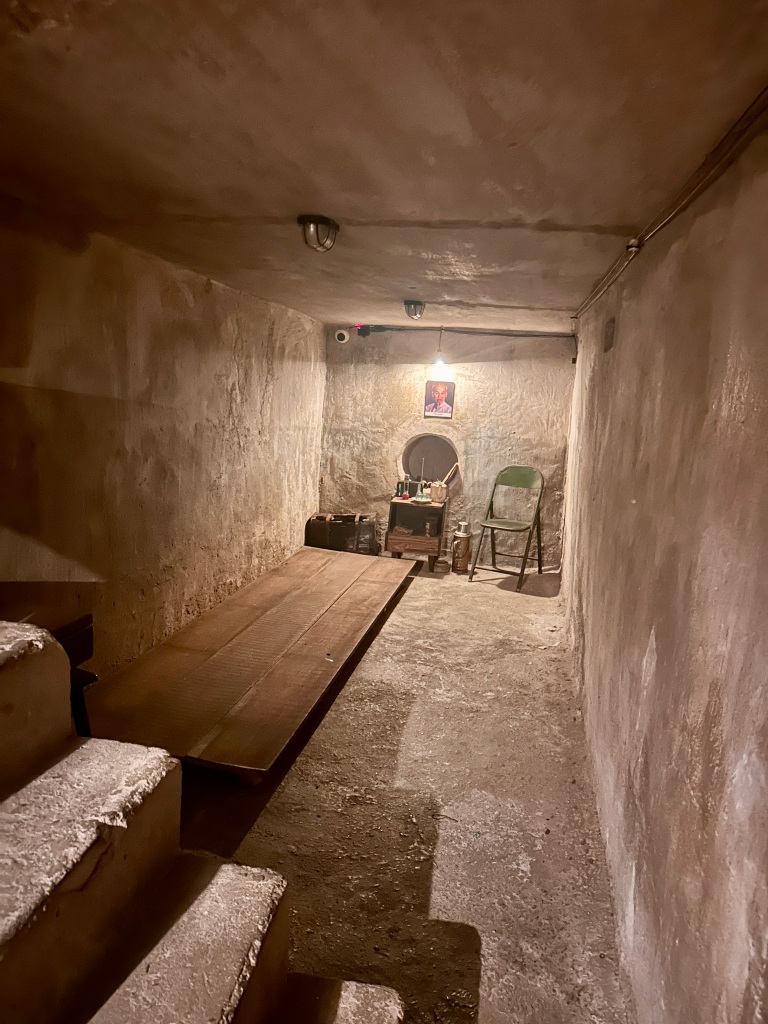
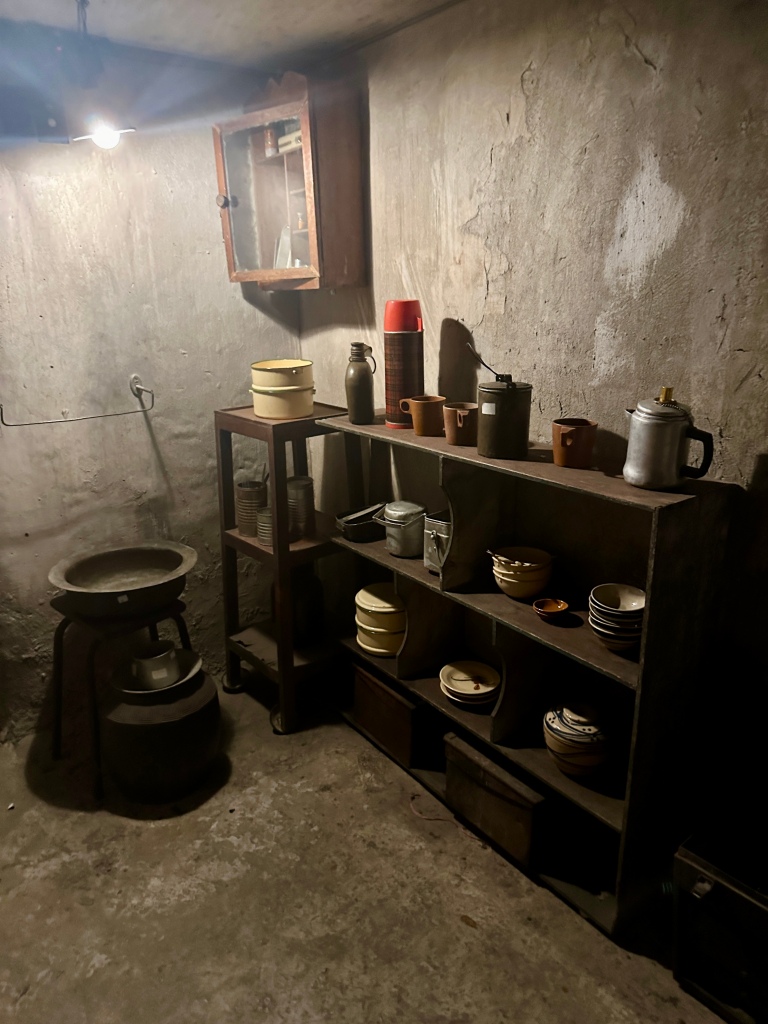
Next up: breakfast at a restaurant called Pho 2000 (210 Ðong Lé Thánh Tôn), where pictures of various world leaders/customers, including Presidents Clinton and G.H.W. Bush, were on display. Being mostly vegetarian, I skipped the pho (even the vegetable version was made with bone broth) and enjoyed the best spring rolls I’ve ever tasted.
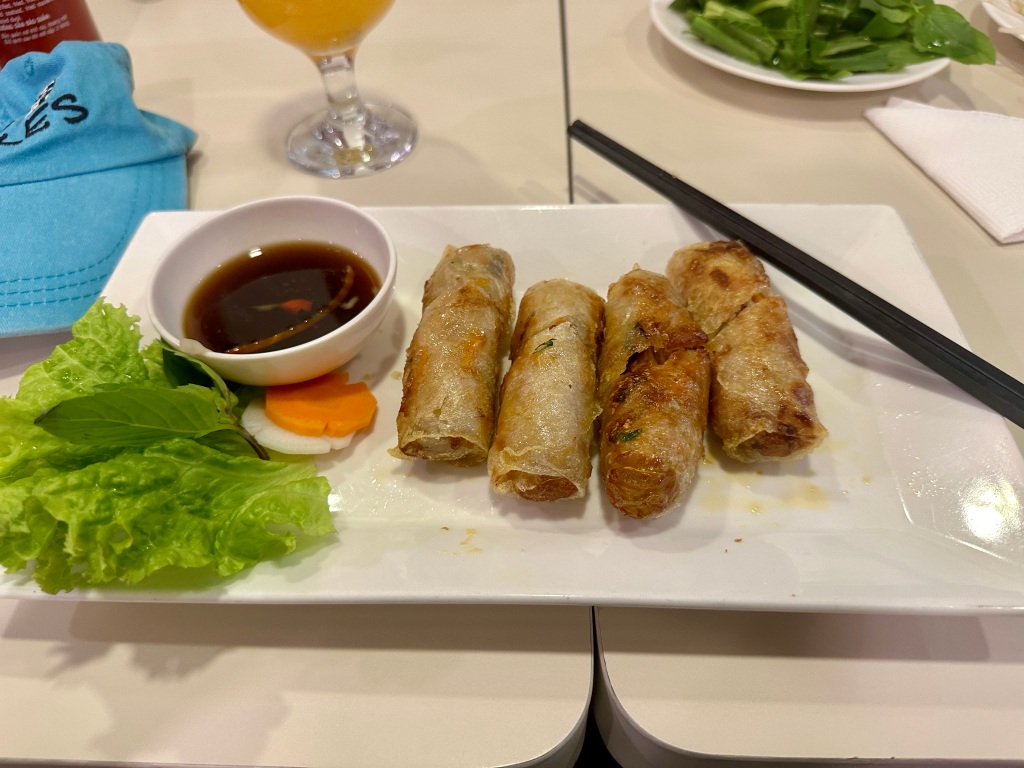
After an interesting and not too financially damaging visit to a lacquer factory, where we watched beautiful furniture and artwork being made, it was time for a cooking demonstration and lunch. (The lacquer factory, Phuong Nam, is located at 19 Vo Van Tan St. It’s well worth visiting.)
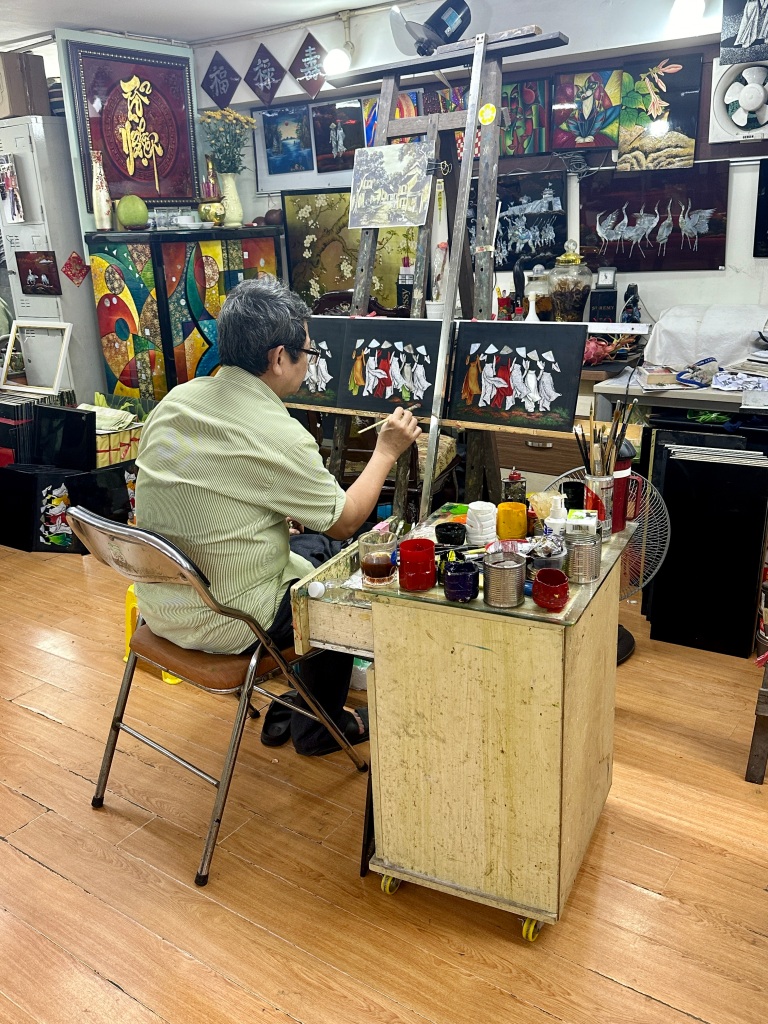
At PTi Saigon, 52 Ngô Quang Huy, we learned how to make bánh xèo, Vietnamese crepes. (No lessons were necessary for their consumption.) The meal was excellent; it might be as difficult to have a poor meal in HCMC as it is in New Orleans or Florence.

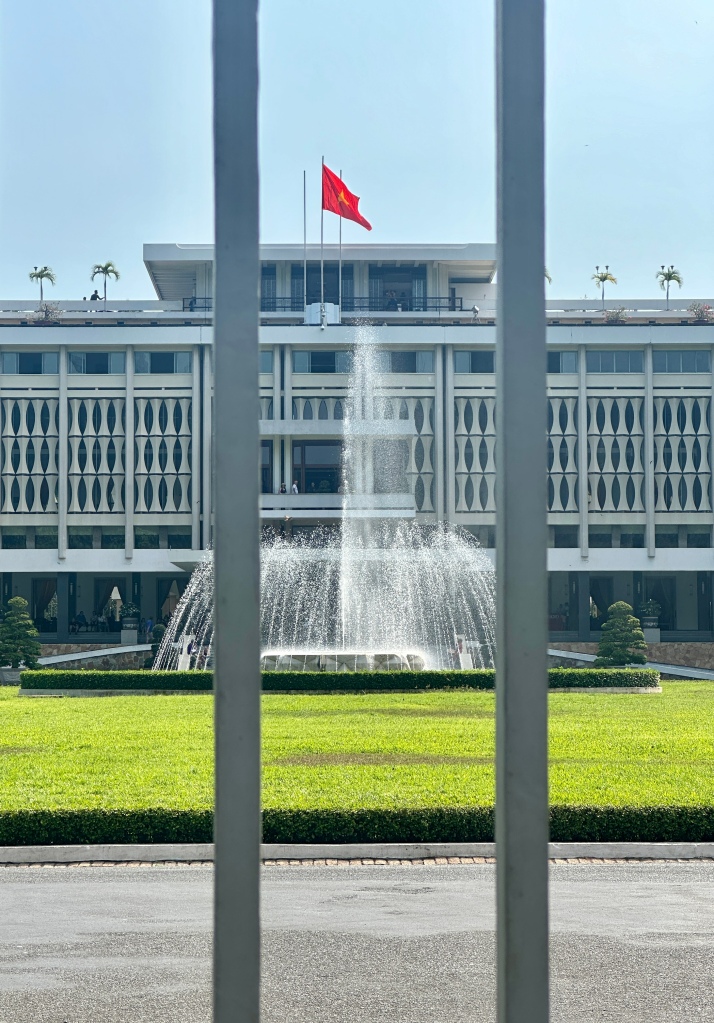
The afternoon included visits to the Presidential/Reunification Palace/Sauna and the Cao Dai Temple. The Palace – its official name is the Independence Palace – is where the South Vietnamese President used to live, and it houses various communications and strategy rooms that were used during the Vietnam War. I added the sauna designation because there is no air-conditioning inside, and the atmosphere was more than a bit uncomfortable.
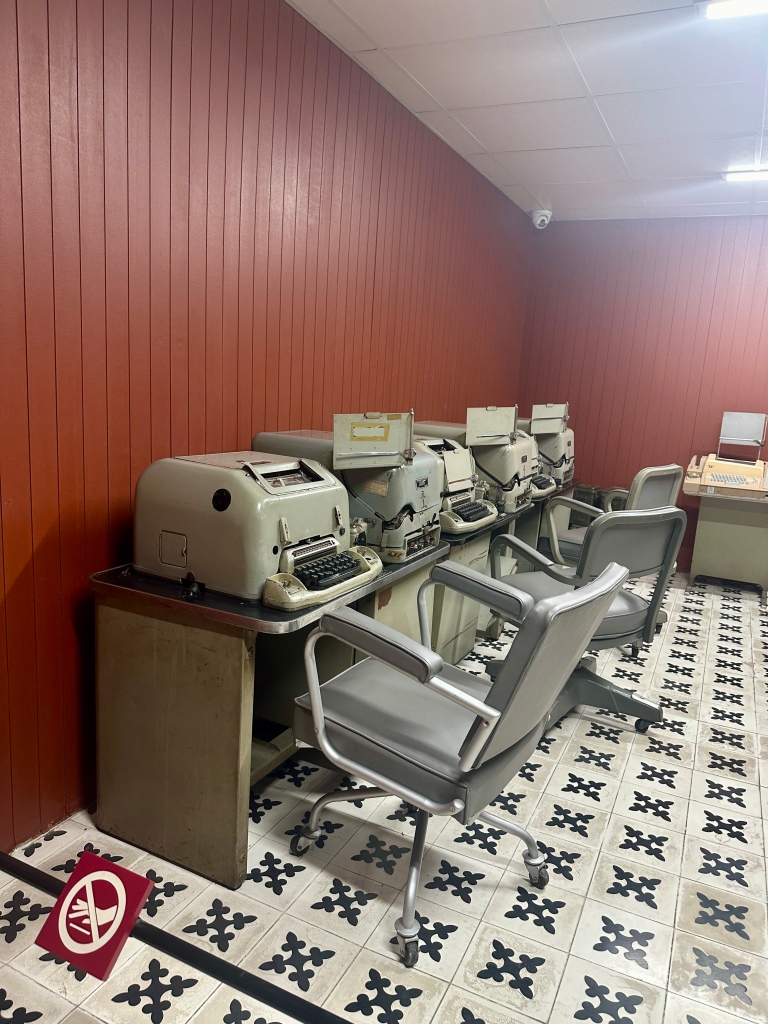
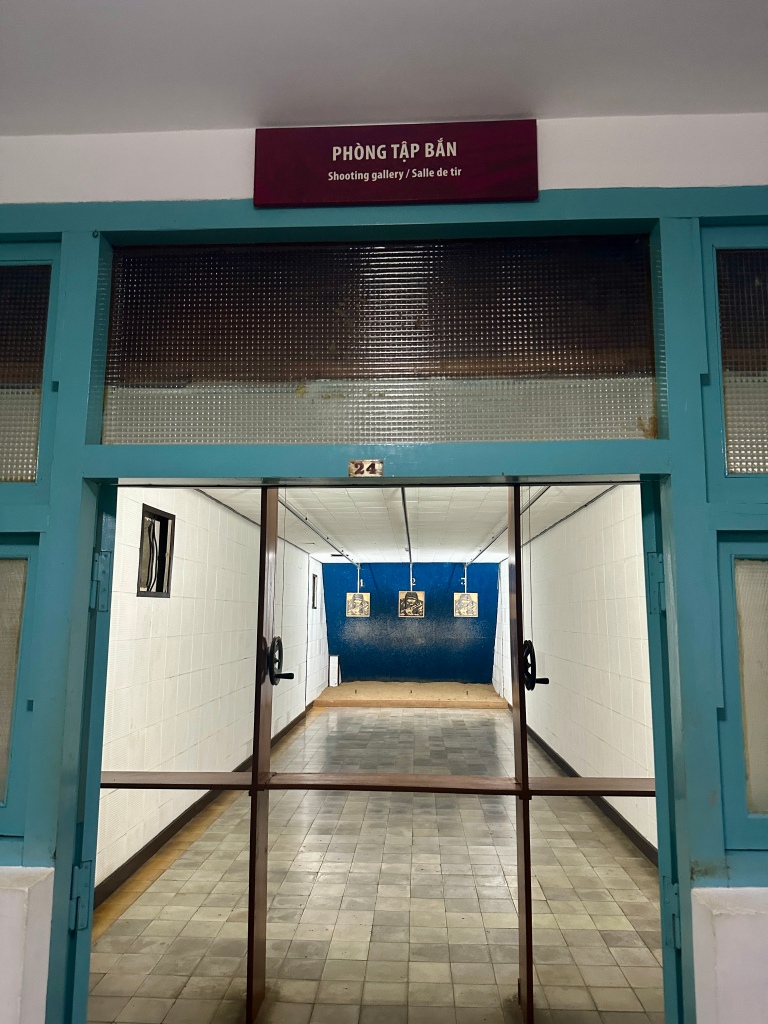
I’m not sure what to make of the Cao Dai Temple (891 Ðong Tran Hu’ng Ðao).
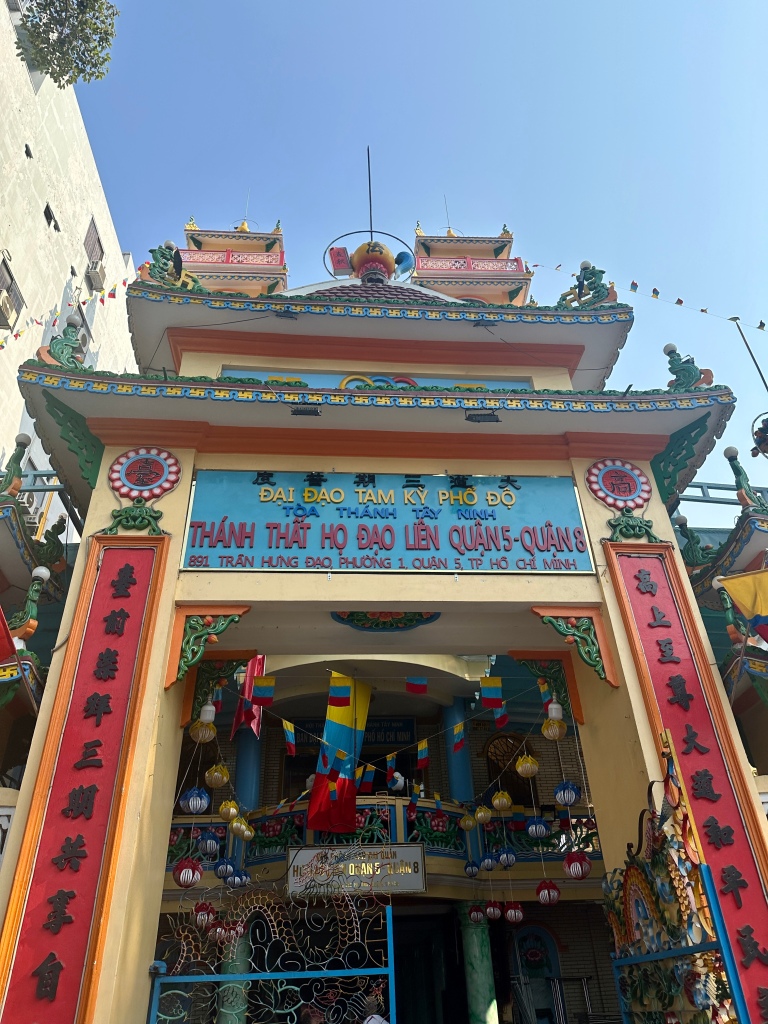
Cao Dai is a syncretic religion (it combines aspects of Buddhism and Christianity) that was created in 1926. Adherents worship three saints: Sun Yat Sen, Victor Hugo, and Nguyen Binh Khiem (a 15th century Vietnamese poet).
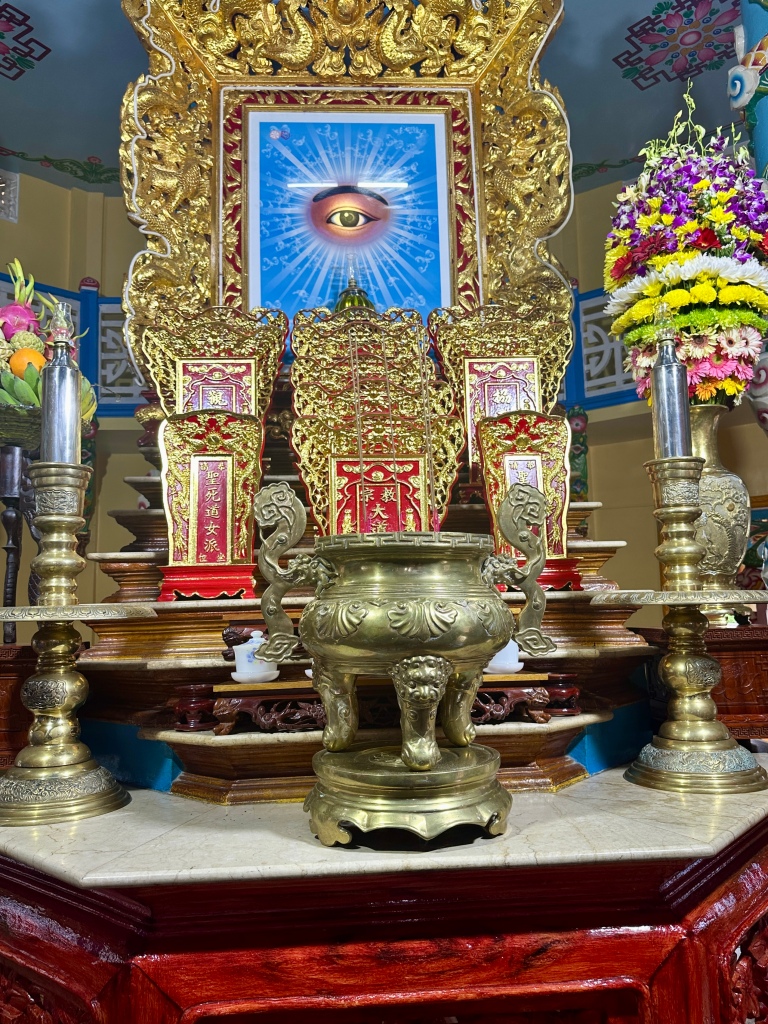

The inside evinces a rather “interesting” sense of design. I found the whole experience surreal.
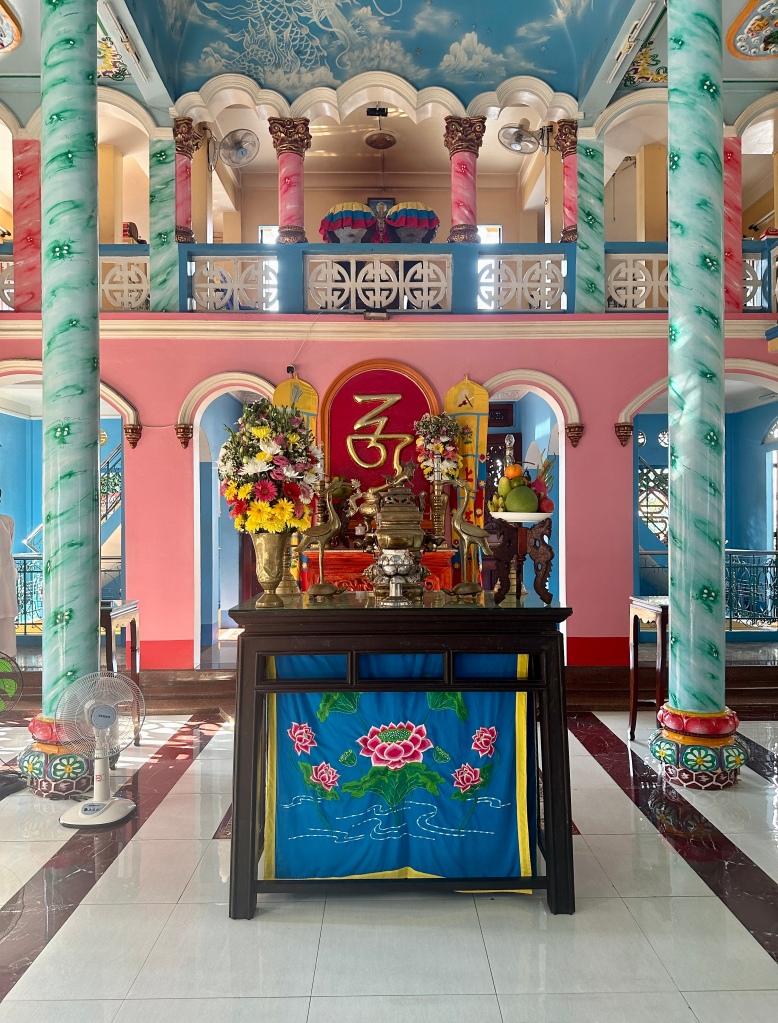
Day two involved a trip to the Cu Chi tunnel complex just past the outskirts of HCMC (i.e., an almost two-hour bus ride in the perennial traffic). The tunnels were used by the Vietnamese communist soldiers in fighting both the French and the Americans/South Vietnamese.
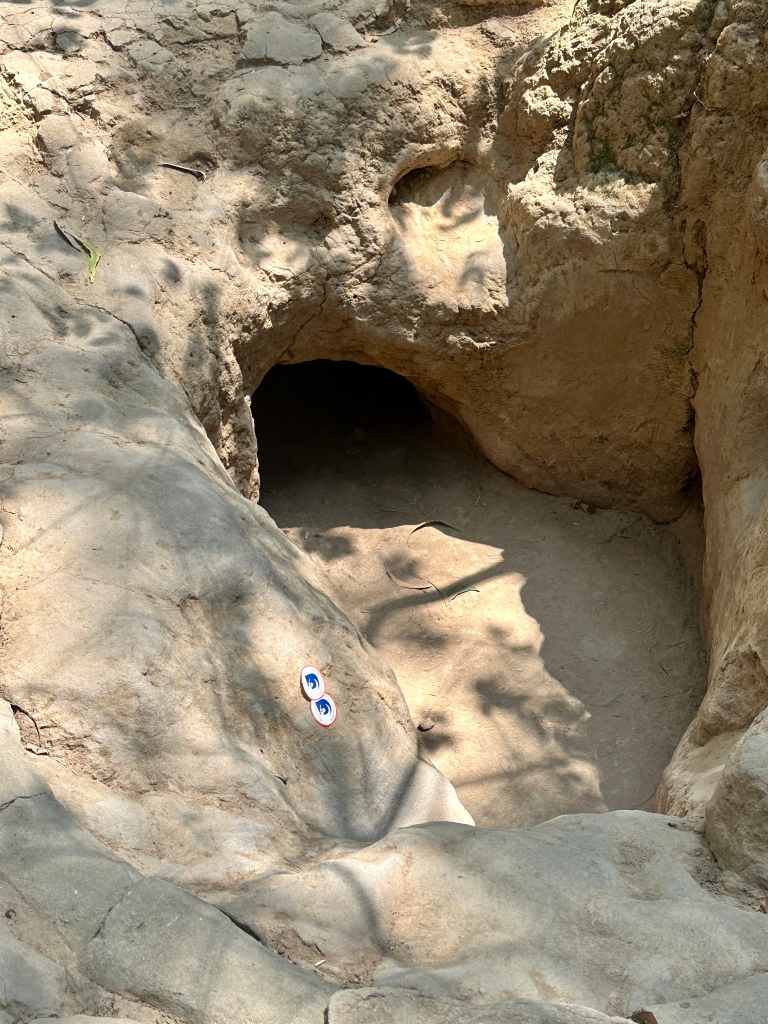
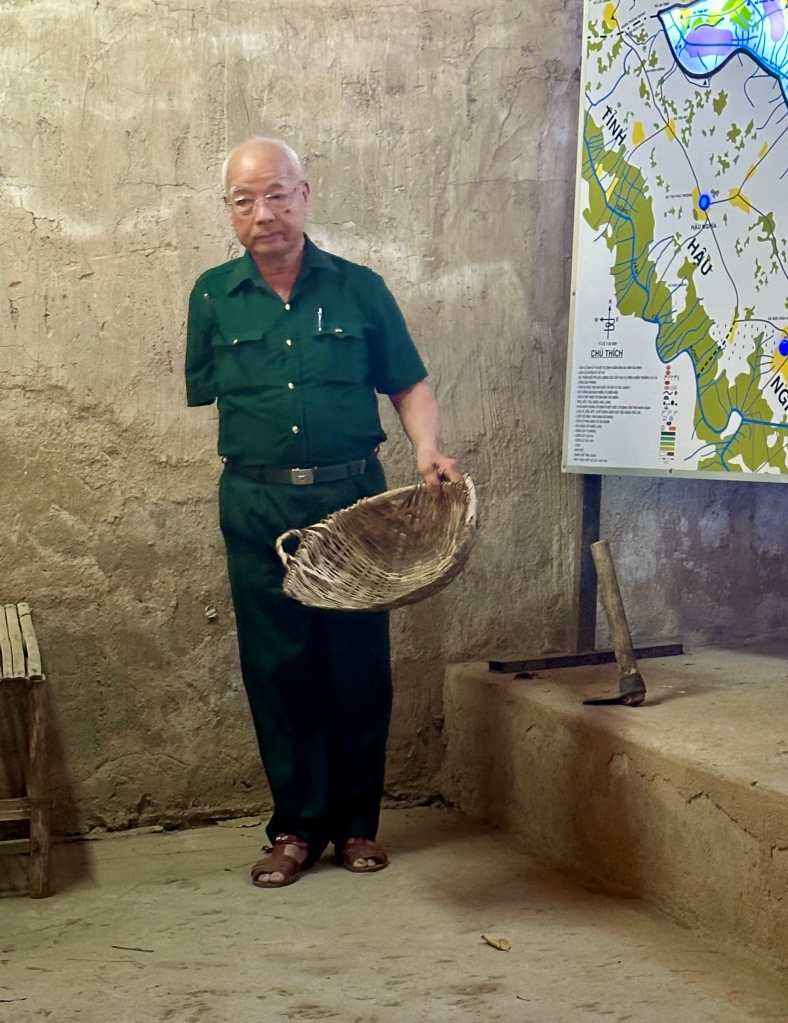
The visit began with an interesting talk by a Viet Cong veteran who explained the design of the tunnels and discussed his experience spending twelve years living underground most of the time. Some 3000 people, including entire families, lived in this complex, staying underground during the day and surfacing at night.
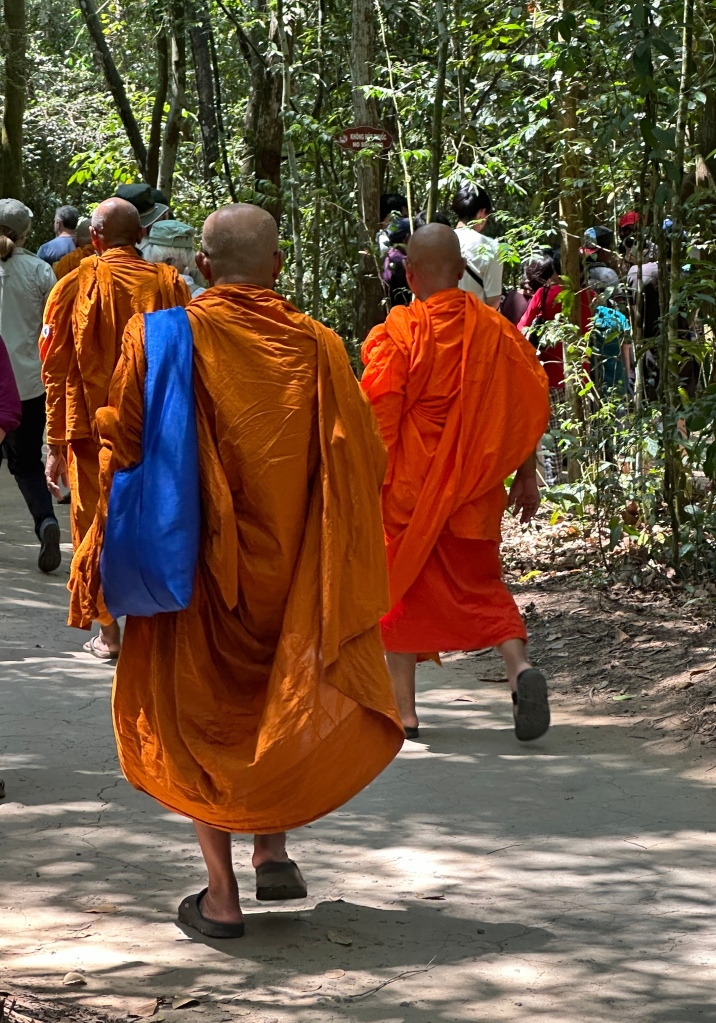
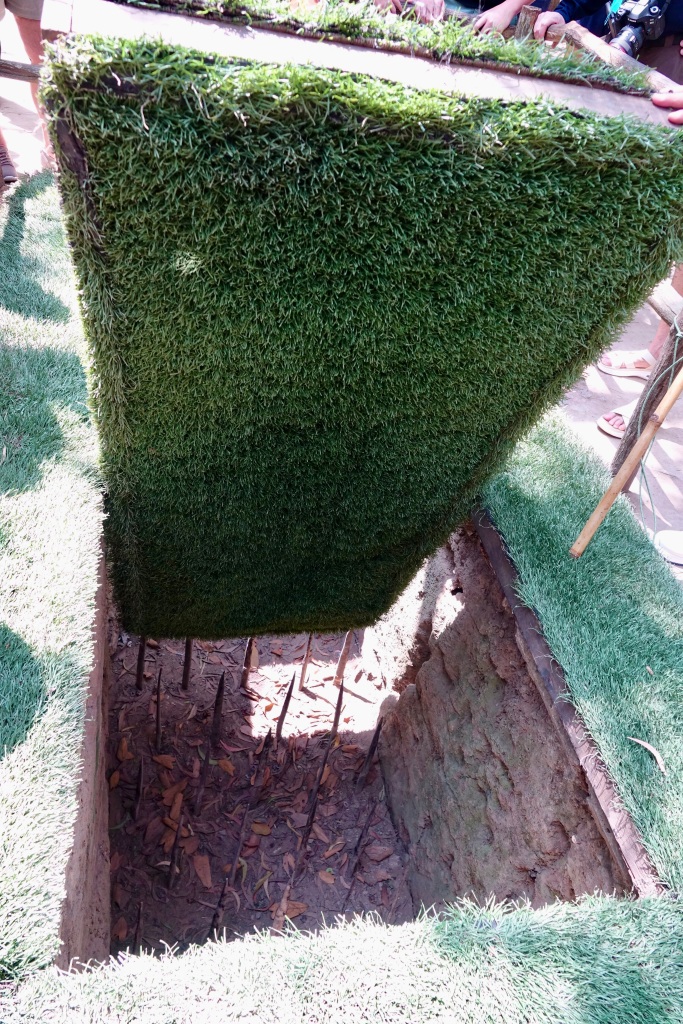
Wandering through Cu Chi is an uncomfortable experience in every respect. Physically, the tunnels are cramped and hot, and an adjacent shooting range produced a constant din of M-16 fire. Mentally, it was horrifying to think of the conditions in which people lived. Emotionally, it was upsetting to see the various traps employed by the Viet Cong, including untold variations of pits containing metal spikes and sharpened bamboo poles, on which countless young Vietnamese and American soldiers ended up impaled. Having said that, though, I think Cu Chi is an important place to visit and an object lesson in the deprivations and atrocities of war.
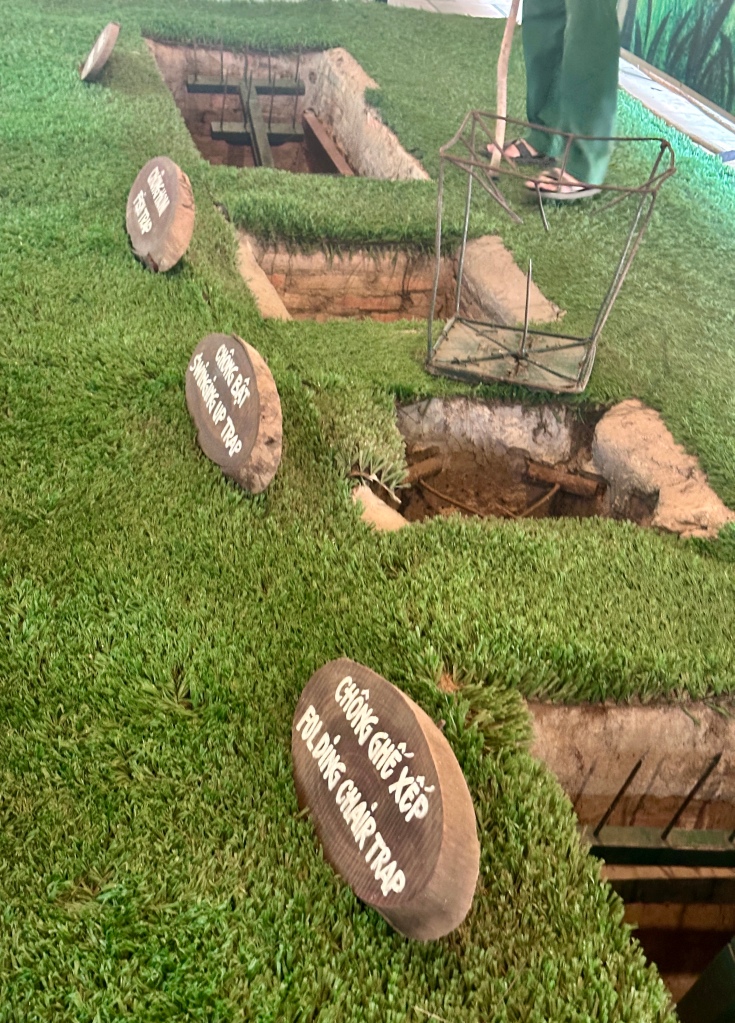
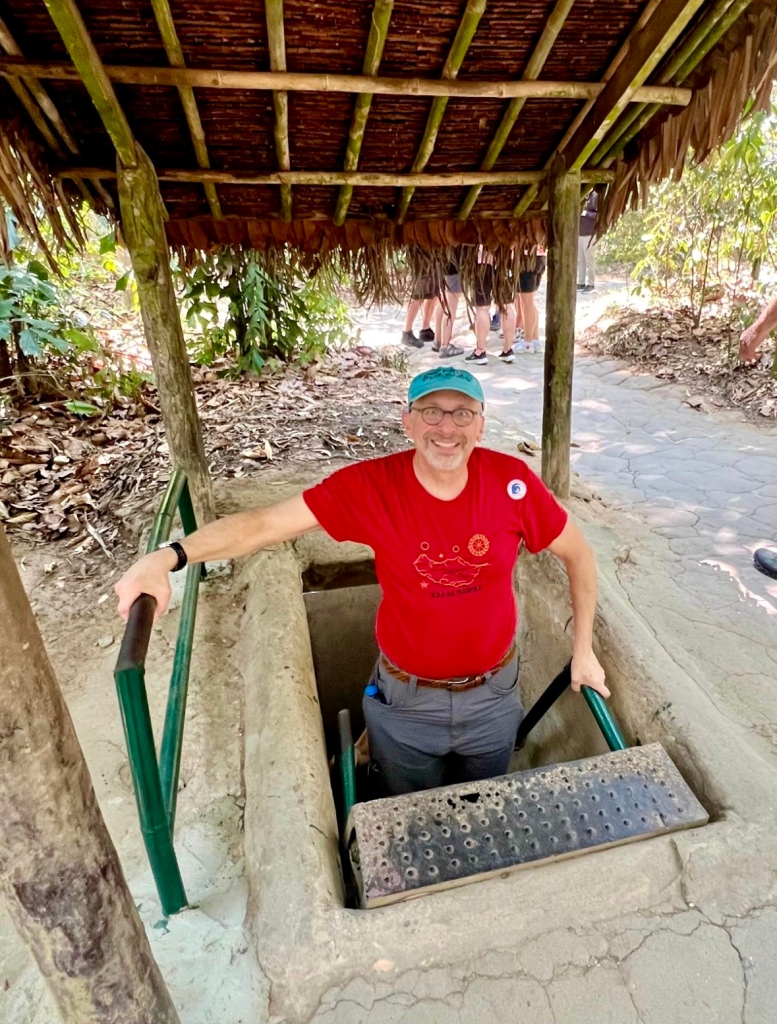
We spent our final evening at the Saigon Opera House, where we enjoyed a phenomenal show by the AO Bamboo Circus. The hour-long spectacle involved a cast of around a dozen performers manipulating bamboo sticks, saucers, baskets, and other props while performing everything from acrobatics to aerial feats to breakdancing to martial arts to a hilarious, slow-motion ping pong game. If you ever get the opportunity, catch them!
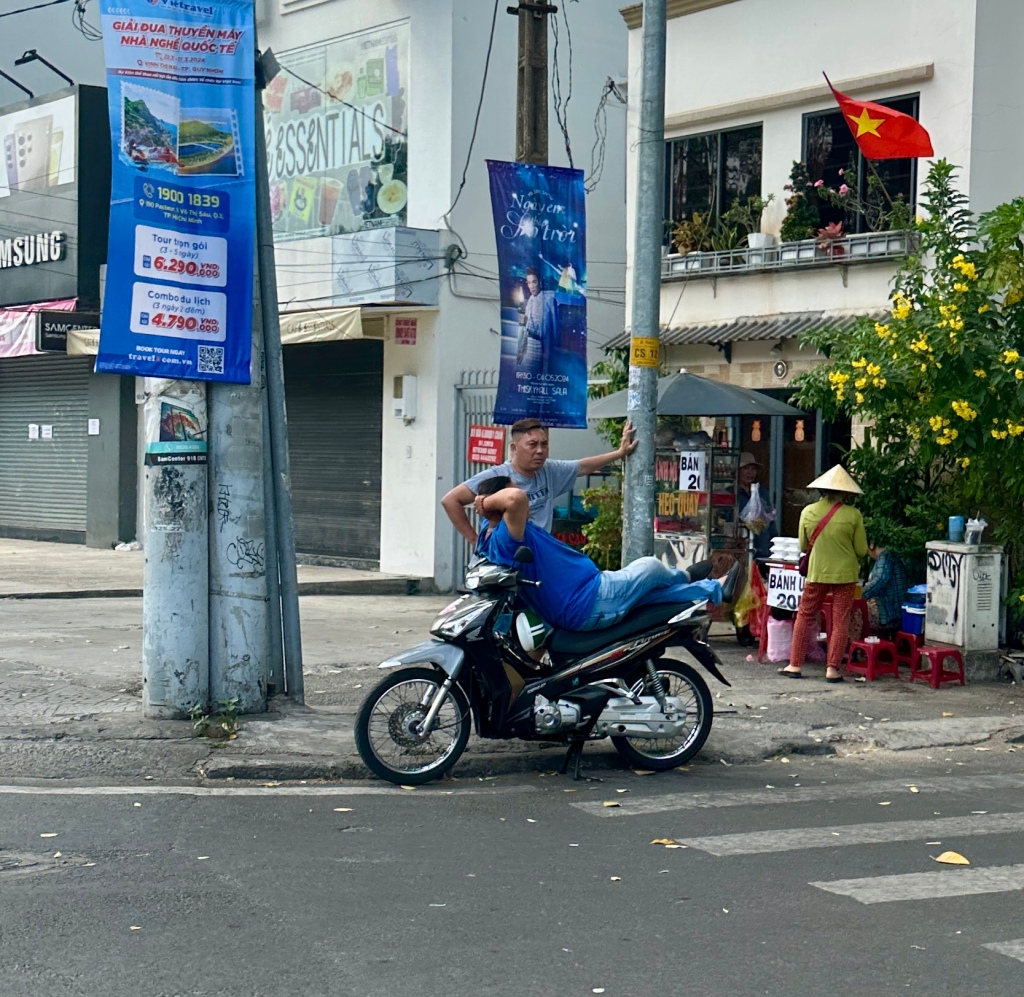
I’ll sum up my experience in Vietnam by saying that visiting this country should be high on the list of anyone with the ability to do so. As I wrote in my post about Hanoi, the Vietnamese people are resilient and forgiving. In my experience, they are also unfailingly polite and kind (and, for what it’s worth, men and women alike are unreasonably attractive). The food is fabulous, the natural beauty of places like Ha Long Bay is exceptional, and Hanoi and HCMC are vibrant, exciting, fascinating cities.
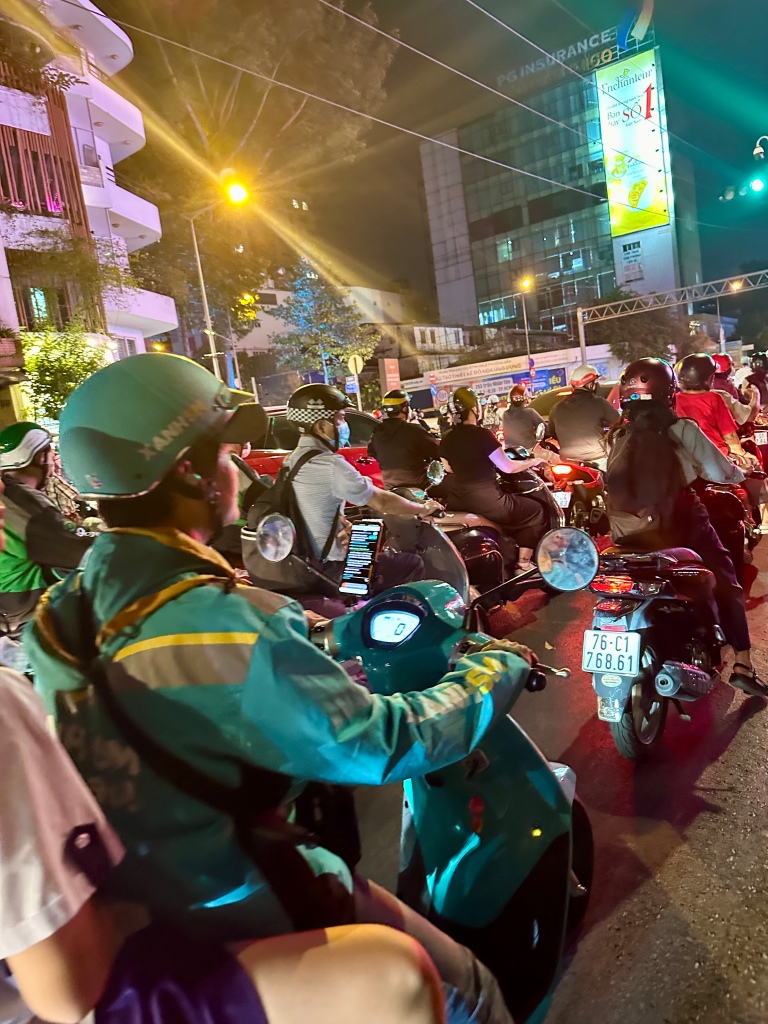
Come and enjoy, but be prepared to sweat profusely and perhaps struggle with the controls in your hotel room, at least if you patronize a more luxurious class of hotels.